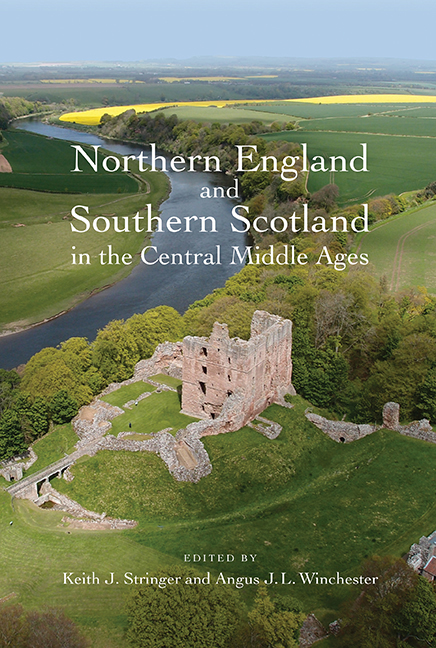Book contents
- Frontmatter
- Contents
- List of Figures
- List of Tables
- List of Contributors
- Preface
- Editorial Notes
- List of Abbreviations
- Introduction: ‘Middle Britain’ in Context, c.900–c.1300
- 1 Kingdom and Identity: A Scottish Perspective
- 2 Law, Governance and Jurisdiction
- 3 Languages and Names
- 4 Dioceses, Saints’ Cults and Monasteries
- 5 Parishes and Churches
- 6 Lords and Tenants
- 7 Rural Settlement Patterns on the Ground
- 8 Shielings and Common Pastures
- 9 Towns and Trade
- 10 Fortifications
- Index
6 - Lords and Tenants
Published online by Cambridge University Press: 24 August 2019
- Frontmatter
- Contents
- List of Figures
- List of Tables
- List of Contributors
- Preface
- Editorial Notes
- List of Abbreviations
- Introduction: ‘Middle Britain’ in Context, c.900–c.1300
- 1 Kingdom and Identity: A Scottish Perspective
- 2 Law, Governance and Jurisdiction
- 3 Languages and Names
- 4 Dioceses, Saints’ Cults and Monasteries
- 5 Parishes and Churches
- 6 Lords and Tenants
- 7 Rural Settlement Patterns on the Ground
- 8 Shielings and Common Pastures
- 9 Towns and Trade
- 10 Fortifications
- Index
Summary
An investigation of lord–tenant relationships in medieval societies implies examining how, fundamentally, estate owners were sustained by their estates. The social relations surrounding lords who lived from tributes of produce were different from those in a regime of predominantly cash rents and other dues, or in one of agricultural production on demesne farms. In northern England and lowland Scotland we have a clearly defined starting-point for our investigations, thanks in large measure to Geoffrey Barrow and Glanville Jones. Their explorations of the topographical and social structures of the units of lordship referred to as ‘shires’ or ‘multiple estates’ give us a demonstrable common foundation for forms of lordship across what became the Anglo-Scottish Border. Characteristically such estates contained a grouped hierarchy of separate settlements, of which one was the estate centre and others were dependencies with varying obligations to render labour or produce, or both, to the lord and his retinue. Geographically they often covered a more or less compact tract of territory, including both lowland and upland terrain. A fertile, lowland location formed a core area containing the institutional focal points of local society: the estate centre and (in many cases) an early religious site nearby. Shires also provided a framework to patterns of economic exploitation, with belts of particular resources (especially pasture or woodland) to which communities across the estate might share access. Such estates show considerable diversity of size, composition and administrative purpose. As units of lordship they had a twofold aspect, as economic structures for the maintenance of a lord and his entourage, and as units for the administration of law, custom and seigneurial power. By the twelfth century they survived most evidently where they operated as units of local government, as small shires, thanages or sokes. Some had become seigneurial liberties, outside the regular course of royal administration, such as the bishop of Durham's liberties of Bedlingtonshire, Islandshire and Norhamshire.
Not only are shires or multiple estates equally in evidence in northern England and lowland Scotland in the historical record, but their history has become closely associated with that of ancient forms of tribute from dependants that also occur on both sides of the Border.
- Type
- Chapter
- Information
- Publisher: Boydell & BrewerPrint publication year: 2017
- 1
- Cited by



